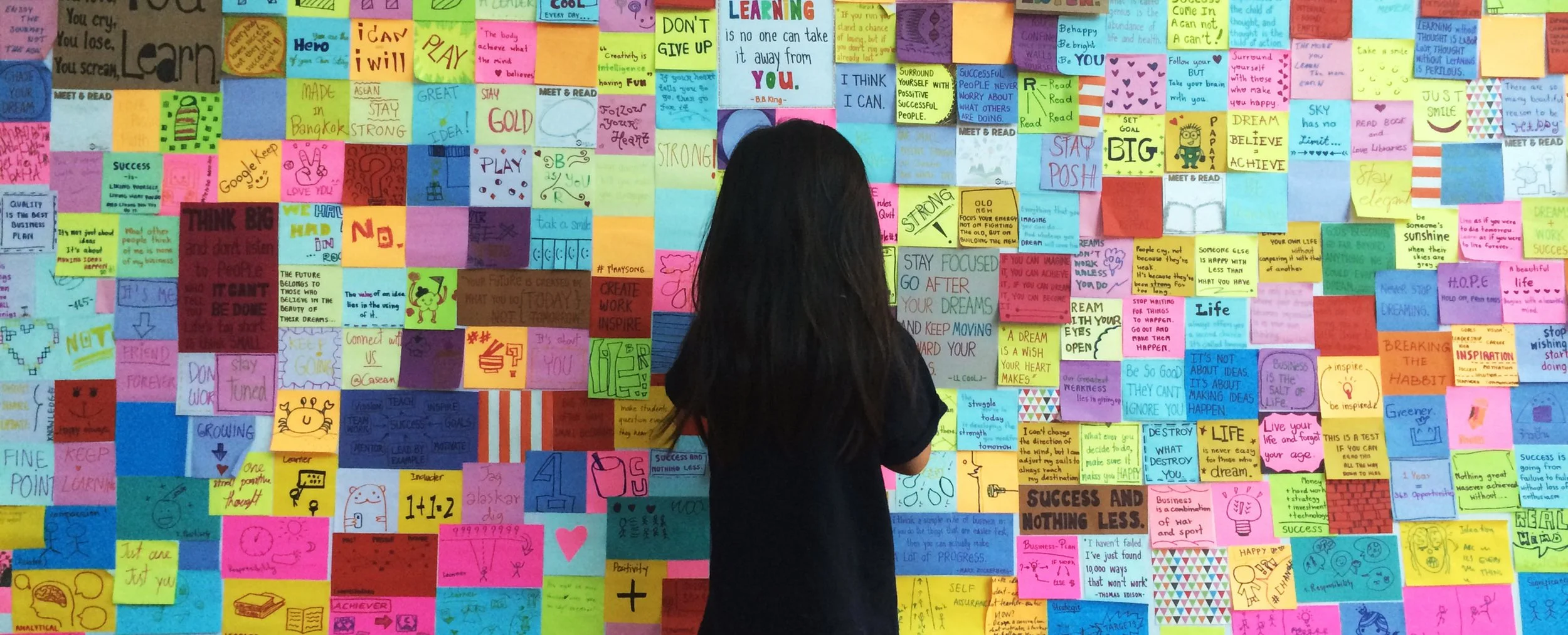4 WAYS TO BRING GAMIFICATION OF EDUCATION TO YOUR CLASSROOM
/Gamification: the use of game design and mechanics to enhance non-game contexts.
We’ve seen gamification alredy in a variety of settings: completing a punch card to win a free sandwich, receiving a badge for being the first of friends to check in at a particular restaurant, or expanding our profiles on LinkedIn to bring the “completion bar” up to 100%. Gamification has even worked its way into the automotive industry with the innovative dashboard of the Ford Fusion hybrid. A high-resolution display features a rendering of vine-like leaves. Waste gas, and your vines wither. Conserve, and they blossom. The idea is to encourage brand loyalty, so how will gamification impact the education sector?
Gamification of education
Games, in any form, increase motivation through engagement. Nowhere else is this more important than education. Nothing demonstrates a general lack of student motivation quite like the striking high school dropout rates: approximately 1.2 million students fail to graduate each year (All4Ed, 2010). At the college level, a Harvard Graduate School of Education study “Pathways to Prosperity” reports that just 56% of students complete four-year degrees within six years. It’s argued that this is due to current systemic flaws in the way we teach; schools are behind the times. Watch a single lecture on innovation trends in education, and the presenter likely notes the striking similarities of a modern-day classroom and one of centuries past. It’s been proven that gamifying other services has resulted in retention and incentive. For example, website builder DevHub saw the remarkable increase of users who finished their sites shoot from 10 percent to 80 percent. So, in theory, it should work for schools as well.




















